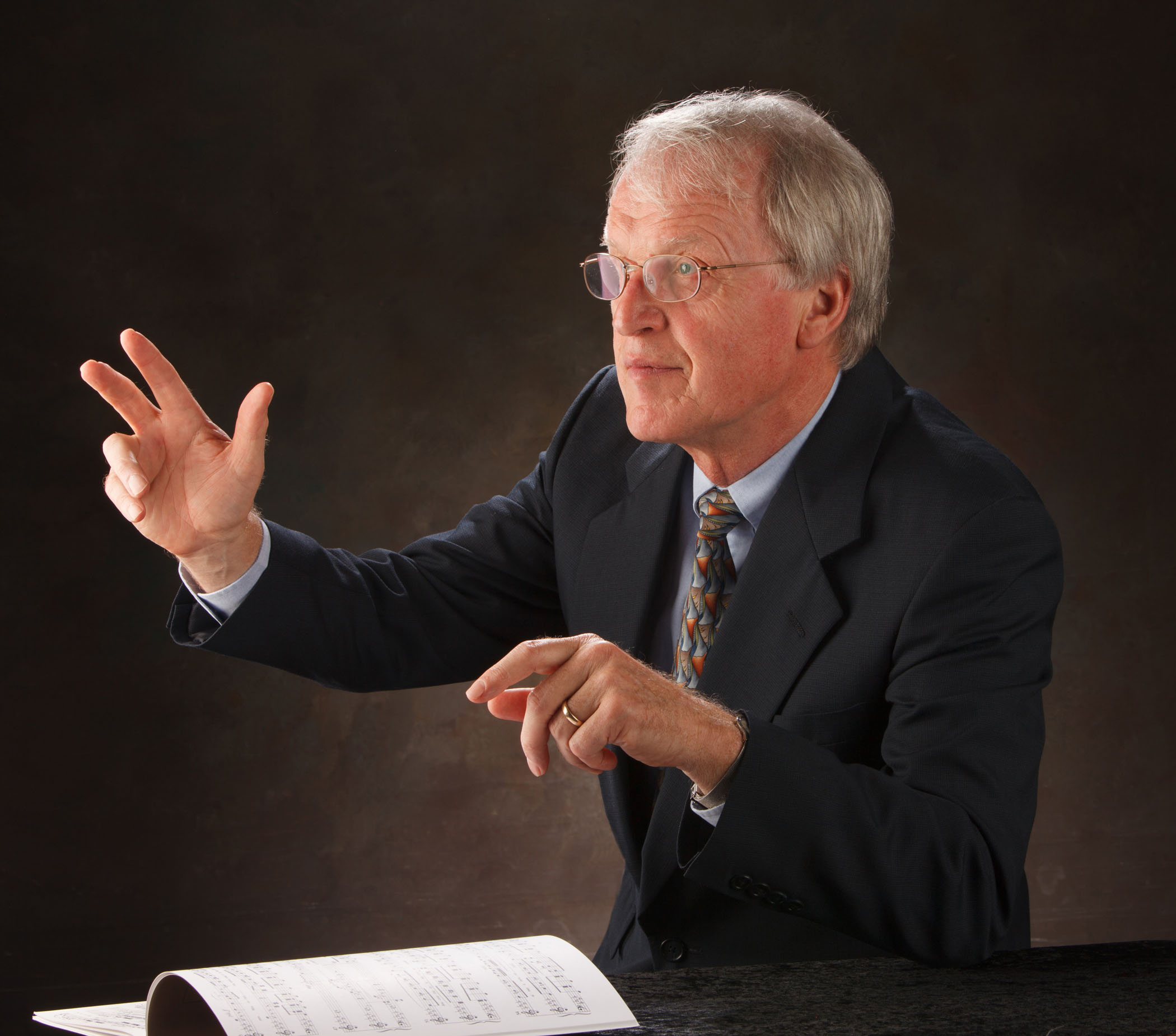
home
Oratorio ‘Requiem for the Fallen’
Piano Concerto ‘Imagine New york’
Alto Saxophone & Strings Concerto ‘Springtime in Chicago’
Cantata ‘Ringing The Bells of Hope’
Piano Concerto for the Left Hand ‘Between war and Peace’
Ave Maria
A sense of respect and of search for justice link these works.
‘Imagine New York’, the first Piano Concerto evoking Freedom and the Statue of Liberty, opened a concert for peace, in 2021. This followed the 2018 premiere of the Concerto for Piano and Band ‘Destination West’, where the imagery of the construction of the Transcontinental Railroad symbolizes the unification of America.
Decades before becoming a composer, as a Belgian teenager, I rode my bike through the crosses of Flanders’ war cemeteries after having read the poem ‘In Flanders Fields’ written during WWI. Much later, with these memories still lingering on my mind, I composed ‘Requiem for the Fallen’ an oratorio for soprano, choir and orchestra on ‘In Flanders Fields’, as a tribute to the victims of WWI and WWII.
The first version of the Oratorio was also played in 2018 in southwest France for the Centennial of WWI. Most of the town’s youth orchestra players had a relative who had fought in that war.
A year later, the large version of the Oratorio premiered at Carnegie Hall, with the Consul of Belgium in attendance. More performances took place in Moscow: In 2020, the U.S. Embassy underwrote a concert to commemorate the cooperation in WWII. In late 2021, a public concert for peace took place in a major art gallery downtown. Afterwards, guests waved ‘heart’ and ‘I love you’ hand signs over Zoom to us in Washington. And an Orthodox Bishop, pointing to the golden cross on his chest, called the Oratorio ‘Music for Peace’.
After the 2022 military invasion of Ukraine and the unfathomable human suffering and destruction that the war is still causing, I decided that the new compositions would express the positive of our humanity: hope and respect. These are mainly the Concerto for Alto Saxophone & Strings ‘Springtime in Chicago’; the Cantata ‘Ringing the Bells of Hope’ for bells, voices and orchestra, on texts by Native Americans on the theme of respect; the short and assertive piano Toccata ‘Exultate’ for left hand and its large variant ‘Resolve and Pride’ for both hands; the left hand Piano Concerto ‘Between War and Peace’, where the contrast between brutality and kindness clash particularly in the Cadenza ‘Shout for Peace!’ and the Bolero for Peace; and finally, the ‘Ave Maria’ Op. 66 for soprano, choir and small orchestra. . *** Videos of the Oratorio ‘Requiem for the Fallen’, the Piano Concerto ‘Imagine New York’ and other works are posted under VIDEOS. Since 2023, pandemic and wars have prevented additional events.
In Flanders Fields
In Flanders Fields the poppies blow
Between the crosses row on row,
That mark our places; and in the sky
The larks, still bravely singing, fly
Scarce heard amid the guns below.
We are the Dead. Short days ago
We lived, felt dawn, saw sunset glow,
Loved and were loved, and now we lie
In Flanders Fields.
Take up our quarrel with the foe:
To you from failing hands we throw
The torch; be yours to hold it high.
If ye break faith with us who die
We shall not sleep, though poppies grow
in Flanders Fields.
by: Lieutenant Colonel John McCrae
MD (1872 – 1918)
Canadian Army
